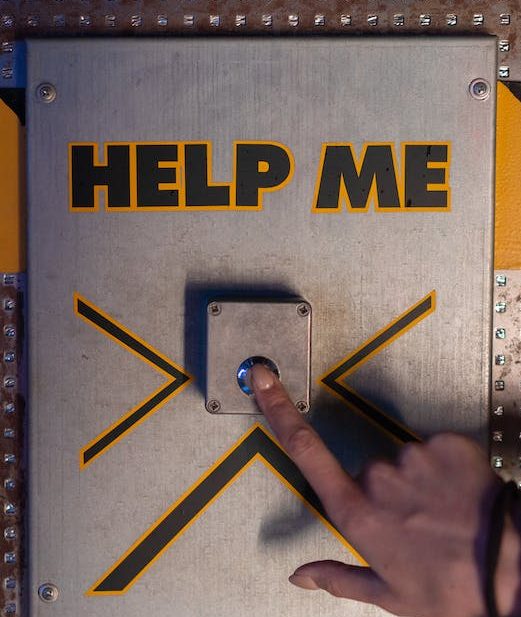n the dynamic landscape of Pakistan, addressing and solving societal issues is crucial for progress. The ability to identify problems accurately lays the foundation for effective solutions. This article delves into the art of problem identification in Pakistan, exploring its significance, challenges, and the transformative impact it can have on the nation.
Section 1: Understanding the Importance of Problem Identification (Approx. 200 words)
Problem identification is the compass that guides progress. In a country as diverse and complex as Pakistan, recognizing challenges is the first step toward building a brighter future. From economic disparities to educational gaps, identifying problems enables stakeholders to channel resources effectively and make informed decisions.
Section 2: The Complexity of Pakistan’s Challenges (Approx. 250 words)
Pakistan faces a myriad of challenges, from infrastructure issues to social inequalities. Unpacking the complexity of these challenges requires a keen understanding of the local context. Through problem identification, we can analyze root causes and devise targeted strategies that resonate with the unique needs of each community.
Section 3: The Art of Problem Identification (Approx. 300 words)
Problem identification is more than just pointing out issues; it’s an art that involves active listening, data analysis, and community engagement. This section explores the methodologies and tools employed by successful problem identifiers. From grassroots initiatives to governmental policies, the article showcases real-world examples of effective problem identification in Pakistan.
Section 4: Overcoming Challenges in the Process (Approx. 200 words)
While problem identification is essential, it comes with its own set of challenges. This section addresses common obstacles such as data gaps, cultural nuances, and resistance to change. Highlighting strategies to overcome these challenges ensures a more robust and inclusive problem identification process.
Section 5: Case Studies of Successful Problem Identification (Approx. 250 words)
Examining success stories from various sectors – education, healthcare, and infrastructure – provides insights into how effective problem identification leads to tangible improvements. These case studies serve as inspiration for individuals and organizations looking to make a positive impact in their communities.
Section 6: Empowering Change Through Problem Identification (Approx. 100 words)
Problem identification isn’t merely a diagnostic tool; it’s a catalyst for change. This section emphasizes the transformative power of recognizing and addressing challenges head-on. By empowering individuals and communities to actively engage in problem-solving, Pakistan can pave the way for sustainable development.
Conclusion:
In conclusion, mastering the art of problem identification is pivotal for navigating Pakistan’s complex landscape. By understanding the importance of this skill, acknowledging the challenges it poses, and learning from successful case studies, we can collectively work towards a brighter future. Problem identification is not just a process; it’s a commitment to progress and a testament to the resilience of the Pakistani people in overcoming challenges.







